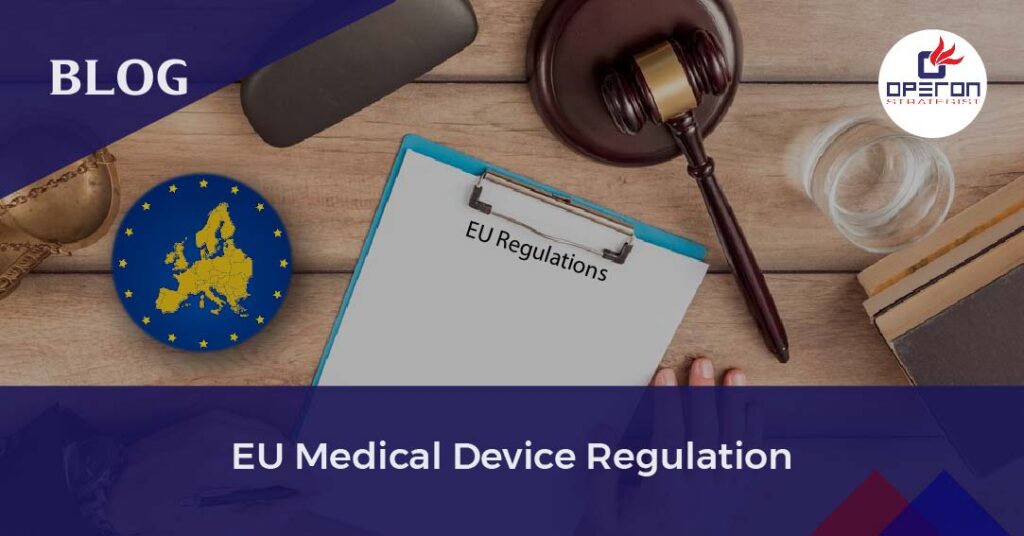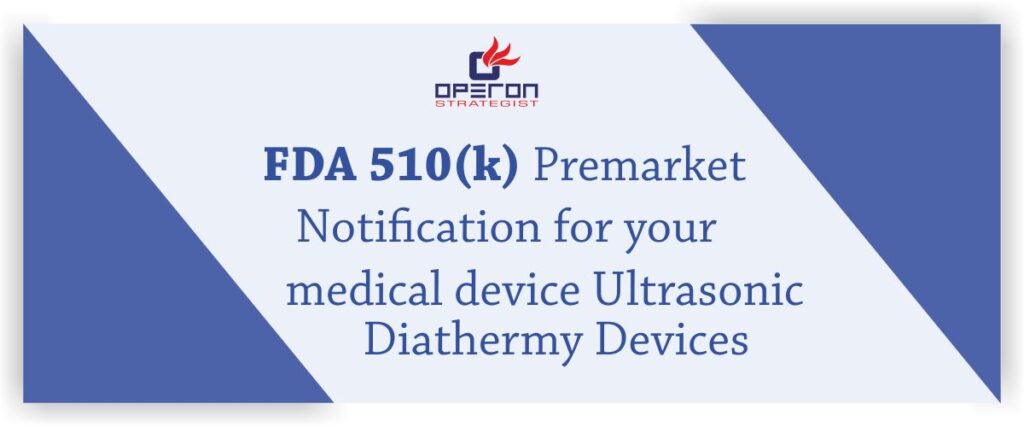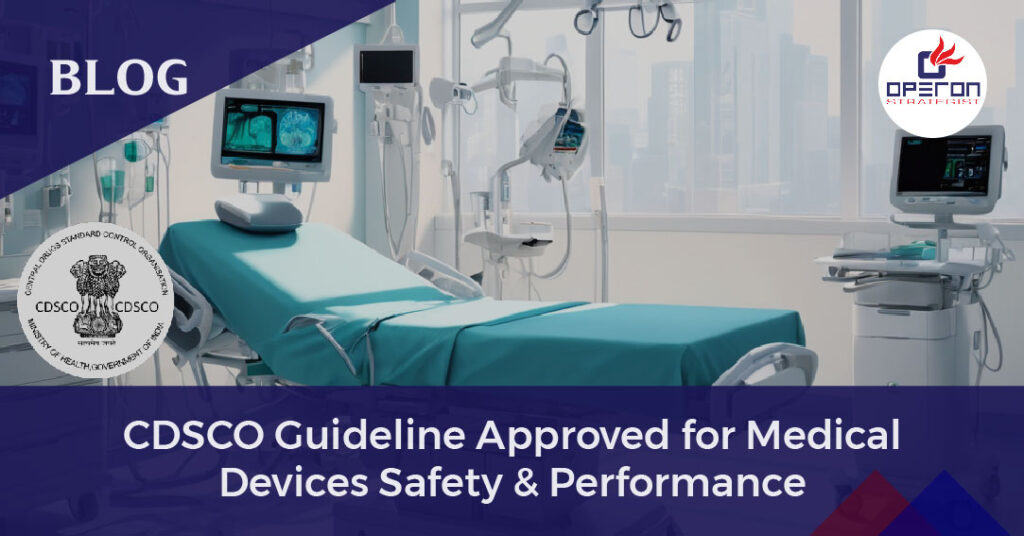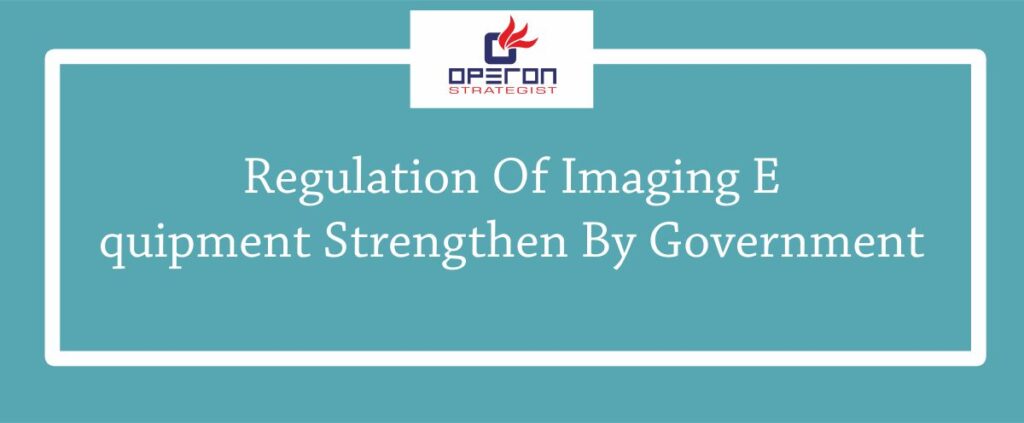EU Medical Device Regulation: An overview
The EU Medical Device Regulation (EU MDR) ensures high standards of quality and safety for medical devices being produced in or supplied into Europe. It is to have a fundamental revision in 2017 to better identify medical devices products and improve transparency through standard data, technological advances and the establishment of an EU database (Eudamed).
Manufacturers need to comply with regulations when placing a device in EU market. CE marking is necessary for placing the device in the EU market as CE mark medical device consultants we help manufacturers in making a technical file for CE mark.
Looking for EU MDR Consultant?
Let’s have a word about your project
Similar to the FDA’s UDI, EU Medical Device Regulation will establish a robust, transparent, predictable and sustainable regulatory framework for medical devices to ensure a high level of health and safety whilst supporting innovation. EU MDR is relevant to any organization producing or supplying medical device products to Europe.
The European Union published two new regulations, the Medical Device Regulation (MDR), and the In Vitro Diagnostic Device Regulation (IVDR). These two regulations will replace the current directives, with a three-year transition period for the MDR that is EU Medical Device Regulation and a five-year transition period for the IVDR.
For the safety and effectiveness of medical devices Manufacturers need to show clinical evidence, which marked the initiation of this three-year transition period for those selling their medical devices across Europe. As regulatory consultants we help our European clients with CE mark certification and in the registration process in Europe.
Registration of Medical Devices in Europe:
In order to market medical devices in the European Union, the CE certification is needed. This certification states that the devices meet all the regulatory requirements of the Medical Devices Directive [MDD].
The process for the approval of Medical Devices in Europe is
Classification of the Medical Devices based on the MDD guidelines: For all Classes Is II and III except class I non (non-sterile, non-measuring) implement Quality Management System (QMS) according to Annex II or V of the MDD
Most of the companies apply for the ISO 13485 standard to achieve QMS compliance: For class I non (non-sterile, non-measuring) QMS is not formally required. However, a PMS procedure is required, though not audited by Notified Bodies.
Medical Device Directives (MDD) are the guidelines for CE Marking which after 2020 is replaced with Medical Device Regulation (MDR).
The Technical File & EU Medical Device Regulations:
A technical file includes drawings, reports, review reports, specifications, meeting minutes, labels, instructions for use, software source code etc. Annex II of EU medical device regulation contains an overview of the contents and structure of a technical file. The technical file is a set of documents that describe a product and can prove that the product was designed according to the requirements of the Quality Management System. A CE marking technical file or design dossier Class III is a comprehensive description of your device intended to demonstrate compliance with European requirements.
All products that have CE marking process must have a technical file which must contain the information the proves that the product conforms with the EU directives regarding the CE marked products. As a CE mark medical device consultant we help manufacturers in making technical files so that they easily get the CE mark certification.EU enforcement authorities may demand a copy of the technical file for many years after the last product was made. Medical Device Regulation (MDR) manufacturers need to maintain an MDR technical documentation as evidence of conformity with the relevant legislation. Customers usually do not have access to the technical file. A technical file is usually based on a document archive system that ensures the longevity of documents and can either be on paper or in an electronic file.
EU Medical Device Regulation Benefits :
Until now, different European countries have interpreted and implemented the directive in different ways. By revising the directive EU Medical Device Regulation will enforce:
- Stricter pre-market control of high-risk devices at an EU level
- The inclusion of certain aesthetic products which present the same characteristics and risk profile as equivalent medical devices
- A new risk classification system for diagnostic medical devices based on international guidance
- Improved transparency through the establishment of a comprehensive EU database of medical devices (Eudamed)
- Device tractability through the supply chain from its manufacturer through to the final user
- An EU-wide requirement for an implant card to be provided to patients containing information about implanted medical devices
- The reinforcement of the rules on clinical data and clinical studies on devices
- Manufacturers to collect data about the real-life use of their devices
- Improved coordination between EU Member States
The Unique Device Identification (UDI) System which is introduced by these new regulations will help in the traceability of all medical devices sold across the EU Medical Device Regulation. These devices need to be marked with a device identifier and each batch series of a product will now need to be marked with a production identifier.
Many companies are still working on their own compliance. While industry undoubtedly faces a range of challenges in the context of the ongoing health crisis, and the delay provides some welcome breathing room for many, it will nevertheless be important to continue to progress the EU Medical Device Regulation preparedness so that supply is not disrupted.
The goal of these new regulations is to improve safety, quality and transparency for medical devices across the EU. Manufacturers many times facing issues with new regulations,we as medical device regulatory consultants help them in the application of new rules for their devices. Feel free to contact us for more details.
FAQs:
What is the EU MDR regulation for medical devices?
New Medical Device Regulation in Europe:
As of March 15, 2023, the EU has urgently implemented Regulation (EU) 2023/607 to mitigate the risk of shortages of safe medical devices. This regulation grants manufacturers and notified bodies additional time to certify medical devices in compliance with applicable legislation, provided specific conditions are met. It aims to ensure the continued availability of safe medical devices in the European market.
What is the difference between ISO 13485 and EU MDR?
The EU MDR specifies what's required for compliance in the European Union market, while ISO 13485 is an internationally recognized standard for establishing a Quality Management System (QMS) applicable to medical device companies globally.
- adminhttps://operonstrategist.com/author/admin-2/
- adminhttps://operonstrategist.com/author/admin-2/
- adminhttps://operonstrategist.com/author/admin-2/
- adminhttps://operonstrategist.com/author/admin-2/




